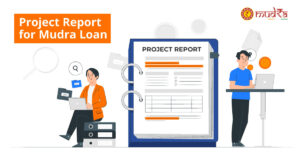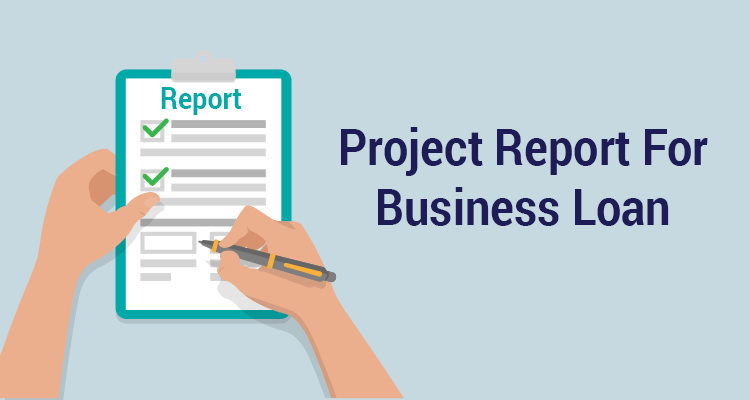![]()
 Mudra loan
Mudra loan
Mudra loan, which stands for Micro Units Development and Refinance Agency, is a government initiative in India aimed at offering financial assistance to micro and small enterprises. Its primary objective is to provide crucial support to these businesses. The project report for a Mudra loan would depend on various factors, such as the nature of the business, the loan amount, and specific requirements of the lending institution.
To create a project report for a Mudra loan, you generally need to include the following information:
Executive Summary:
Provide an overview of your business, including its nature, objectives, and financial requirements.
Business Description:
Describe your business model, products or services offered, target market, and competitive advantage.
Market Analysis:
Conduct a market study to assess the potential demand for your products or services, analyze competitors, and identify market trends.
Organizational Structure:
Outline the legal structure of your business, key personnel, and their roles and responsibilities.
Financial Projections:
Prepare projected financial statements, including income statements, cash flow statements, and balance sheets, for a specific period (usually 3-5 years). This should demonstrate the viability of your business and its ability to repay the loan.
Use of Funds:
Clearly state how you intend to utilize the Mudra loan funds. Provide a breakdown of expenses, such as purchasing equipment, inventory, working capital, or any other specific requirements.
Collateral:
If applicable, provide details of any collateral you are offering as security for the loan.
Risk Analysis:
Identify potential risks that may impact your business and explain how you plan to mitigate them.
Repayment Plan:
Present a repayment plan that shows how you will repay the loan, including the proposed repayment schedule.
It’s important to note that the specific requirements for a project report may vary depending on the lending institution and the type of Mudra loan you are applying for. It is recommended to consult with the respective bank or financial institution to obtain their project report format and guidelines.
You may also consider seeking assistance from a business consultant, chartered accountant, or financial advisor who can help you prepare a comprehensive project report tailored to your specific business and the requirements of the Mudra loan.
To visit: https://msme.gov.in/
FAQs
1. What is a Mudra loan?
- A Mudra loan is a financial support scheme from the Government of India for small and micro enterprises, helping them start or grow their businesses.
2. What are the types of Mudra loans?
Ans: There are three types:
- Shishu: Up to ₹50,000 for new businesses.
- Kishore: ₹50,001 to ₹5 lakh for established businesses.
- Tarun: ₹5,00,001 to ₹10 lakh for larger small enterprises.
3. Who can apply for a Mudra loan?
- Any individual or small business owner engaged in manufacturing, trading, or service sectors can apply.
4. What documents are needed for the application?
Ans: Generally, you need:
- Identity proof (Aadhaar, PAN)
- Address proof
- Business plan or project report
- Bank account details
5. How is the loan amount decided?
- The loan amount is based on the business requirements and the assessment of the project report submitted by the applicant.
6. What is a project report?
- A project report is a document outlining your business idea, plan, objectives, market analysis, financial projections, and how you plan to use the loan.
7. What should be included in the project report?
It should include:
- Executive summary
- Business description
- Market analysis
- Marketing strategy
- Financial projections
- Loan utilization plan
8. How is the Mudra loan repaid?
- The loan is typically repaid in EMIs (Equated Monthly Installments), with the repayment period depending on the terms set by the lending bank.
9. Are there any collateral requirements?
- Most Mudra loans do not require collateral, making it easier for small businesses to access funds.
10. How can a project report help in securing a Mudra loan?
- A well-prepared project report helps demonstrate the viability of your business, making lenders more confident in granting the loan.
